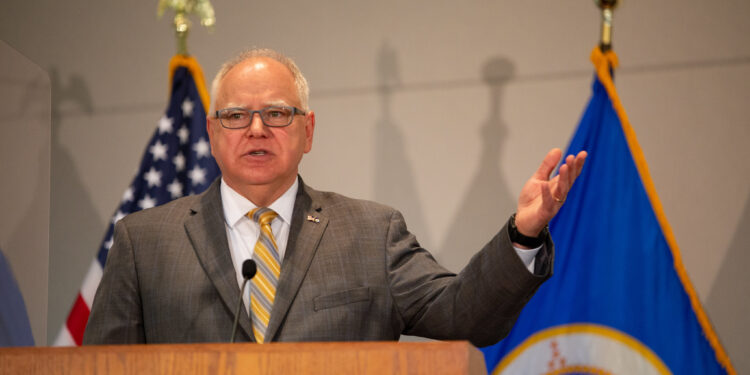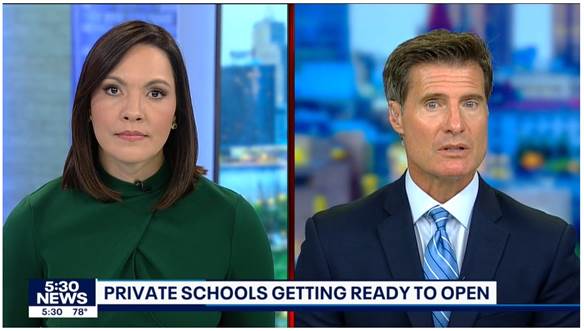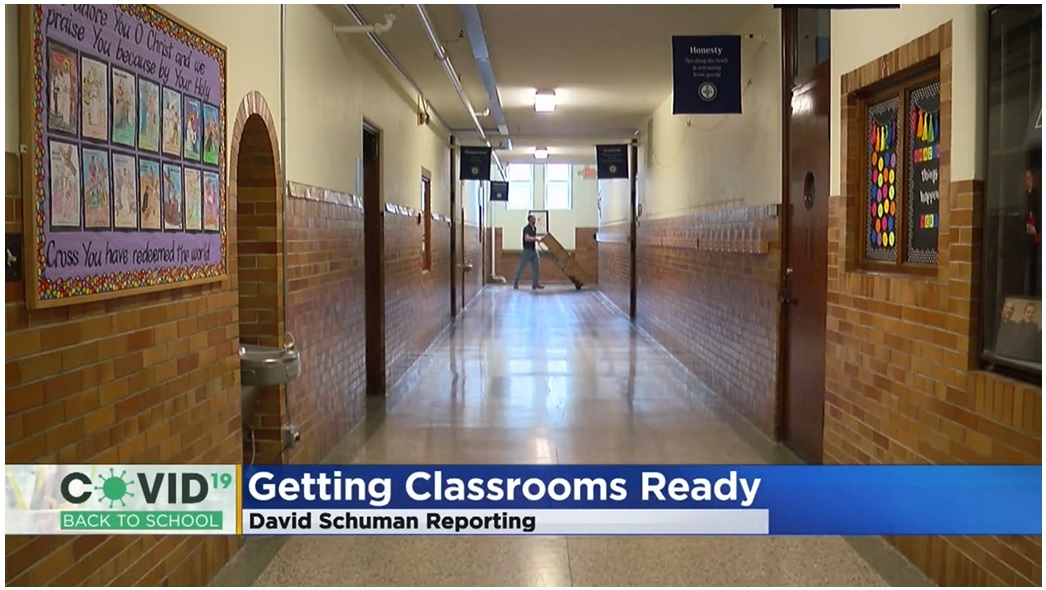Gov. Tim Walz is facing a consequential decision about whether to have the state of Minnesota opt in to the federal tax-credit scholarship program established under the Educational Choice for Children Act (ECCA).
Under the ECCA, individual taxpayers could receive a dollar-for-dollar federal tax credit of up to $1,700 for donations to approved nonprofit scholarship-granting organizations (SGOs). Those SGOs would then award scholarships to eligible K-12 students (from households up to 300 percent of area median income) for tuition, tutoring, special-education services, and other education-related expenses.
Because eligibility isn’t limited to private-school students — public-school students would also qualify for support from the approved SGOs — the ECCA isn’t a traditional “voucher” program; instead, it’s designed to supplement education for all families, including those who choose to stay in public schools.
For Minnesota, if Gov. Walz opts in, thousands of public-school students could access these scholarships to close learning gaps, strengthen academic performance, and expand educational opportunities without reducing state funding for public education.
Indeed, if Gov. Walz doesn’t opt in, his opposition could forfeit $400 million in contributions to public schools.
Here’s some back-of-the-napkin math: There are roughly 880,000 public school students in Minnesota (876,746 as of 2024-25 data). Let’s assume there are two students per parent taxpayer, for a total of 440,000 taxpayers. If 50 percent — half — of those parent taxpayers decide to contribute to public school SGOs and take the federal tax credit, now we are at 220,000 parent taxpayers contributing at least $1,700 to public school SGOs, for a total of $374 million. (If we round up to $400 million, that breaks down to around 53 percent of parent taxpayers or 235,295 contributions.)
Keep in mind this only considers current K-12 public school parents and doesn’t include grandparents, parents without school-age students, other community residents, etc. who could also be interested in contributing to public school SGOs, so it is likely a very conservative number.
These dollars are not an insignificant amount. In fact, according to the Minnesota Department of Education, that is around how much was spent statewide on student activities and athletics ($384,548,936.09) during fiscal year 2024. It amounts to double what was spent statewide on career and technical instruction ($193,013,594.13) during that same year.
A couple of states have already announced their intentions to opt in to the educational tax-credit program — North Carolina (Democratic governor), Tennessee (Republican governor), and Nebraska (Republican governor) — but more formal decisions are expected once the U.S. Secretary of Treasury issues proposed regulations and guidance for implementing the program. The program will be effective as law for states that opt in on Jan. 1, 2027. By Jan. 1 each year, the governor or designated state authority must provide the U.S. Treasury with a list of SGOs in the state that satisfy statutory requirements. Otherwise, students in that state will not be eligible for scholarship consideration.
“For both current governors and gubernatorial candidates, it’s a chance to show voters that they’re willing to do what it takes to deliver for students and families, no matter where the ideas originate,” writes former U.S. Secretary of Education Arne Duncan in the Washington Post.
By opting in, a governor unlocks these resources for students in their state. Some Democratic leaders have hesitated, however, worried that the program could be seen as undermining public schools, since private scholarships are also eligible.
But that misses the point.
Opting in doesn’t take a single dollar from state education budgets. It simply opens the door to new, private donations, at no cost to taxpayers, that can support students in public and nonpublic settings alike.
That’s why opting in isn’t just defensible, it’s a no-brainer.
Duncan notes that because “the crisis of lost instructional time is deepening,” and because federal relief dollars “have dried up,” saying no to the scholarship program “is hard to justify, particularly in the face of growing need.”
No one claims the program is a silver bullet. But it is a real tool available to help kids right now. Passing it up would deepen the crisis and send the wrong message about our [Democrats’] priorities.
…
The uncomfortable truth is that most of the states showing the strongest student gains are Republican-led. [Minnesota comes in at 28th.]Adjusted for poverty and demographics, seven out of the top eight performers on the Nation’s Report Card are governed by Republicans.
A “no thanks” from Gov. Walz would forfeit millions of dollars that could support schools, students, and local economies. Participating, on the other hand, would not only allow the state to unlock pathways for collaboration and innovation that directly benefit schools, educators, and students across Minnesota but would also show a commitment to providing more students access to the programs and support they need to be successful in their K-12 academic journeys and beyond.
Tutoring centers like Sylvan Learning and Mathnasium should be encouraging Gov. Walz to opt Minnesota in, as they would see increased demand for academic support services and could help more students succeed in advanced coursework or college readiness programs. Likewise, the local and state chambers of commerce should also be encouraging the governor to opt in, as they would benefit from the development of a better-prepared workforce.
Turning down participation in the scholarship program isn’t just saying “no” to Washington — it means saying “no” to Minnesota students, businesses, and communities that would benefit from a stronger, better-prepared workforce. What will Gov. Walz decide?













